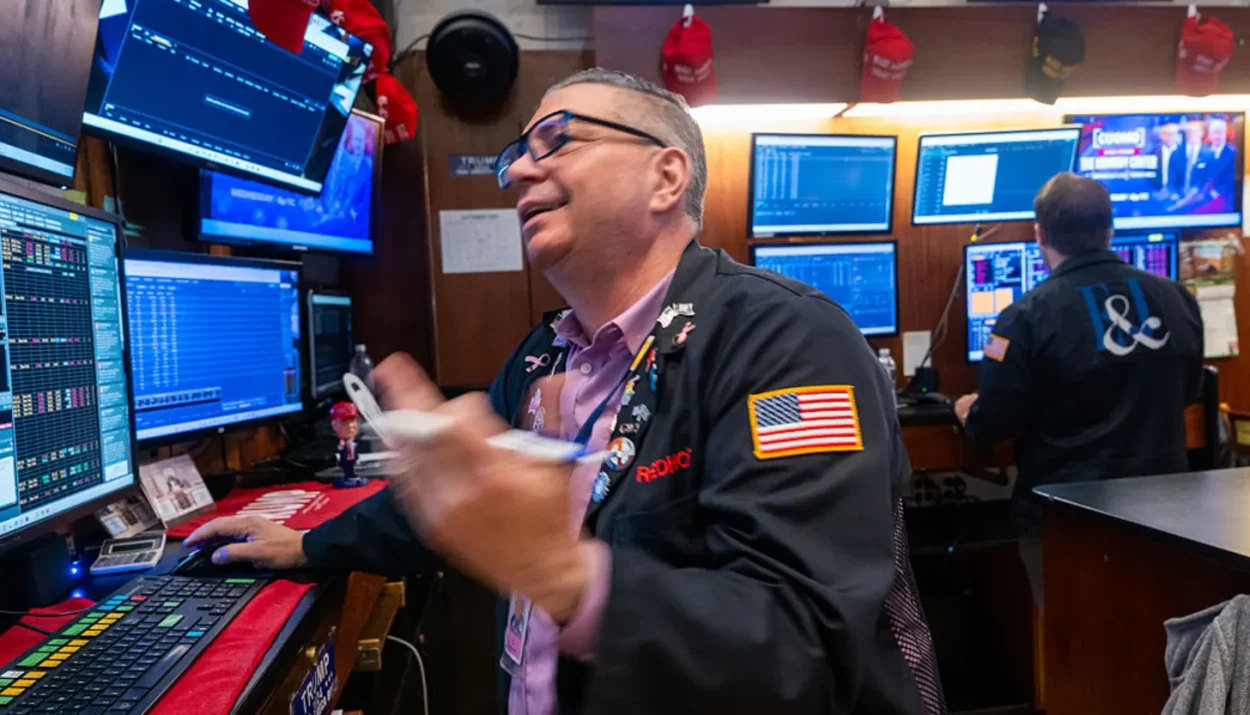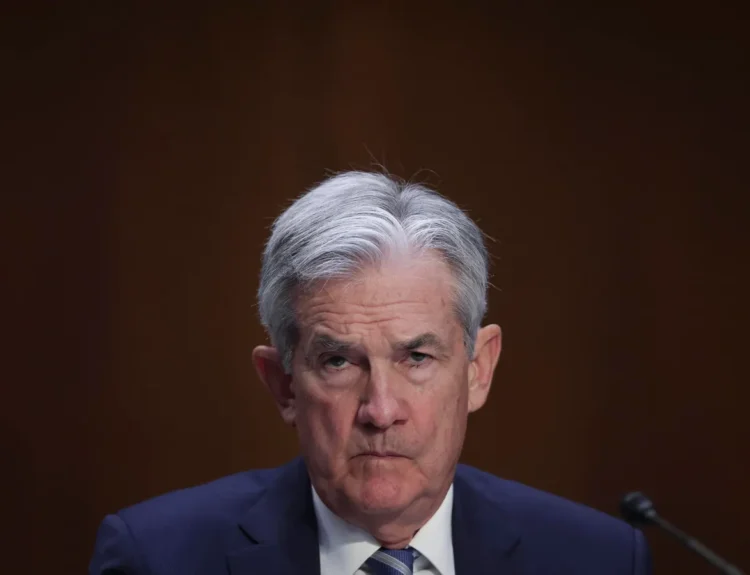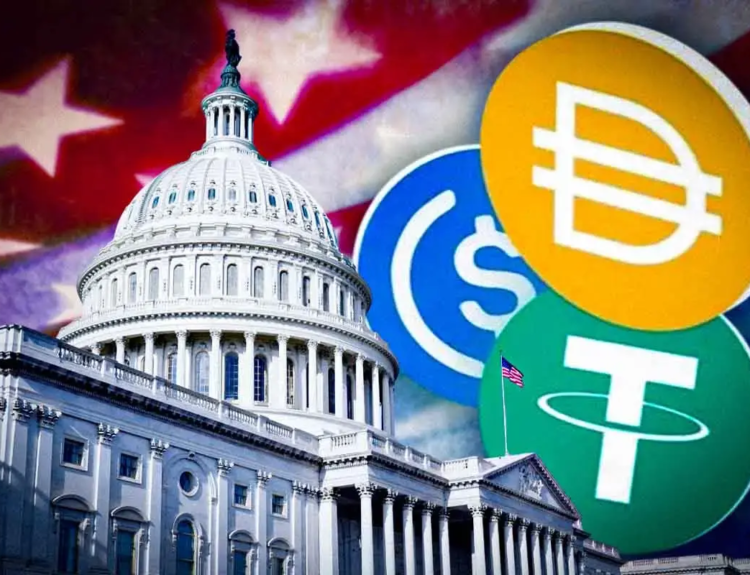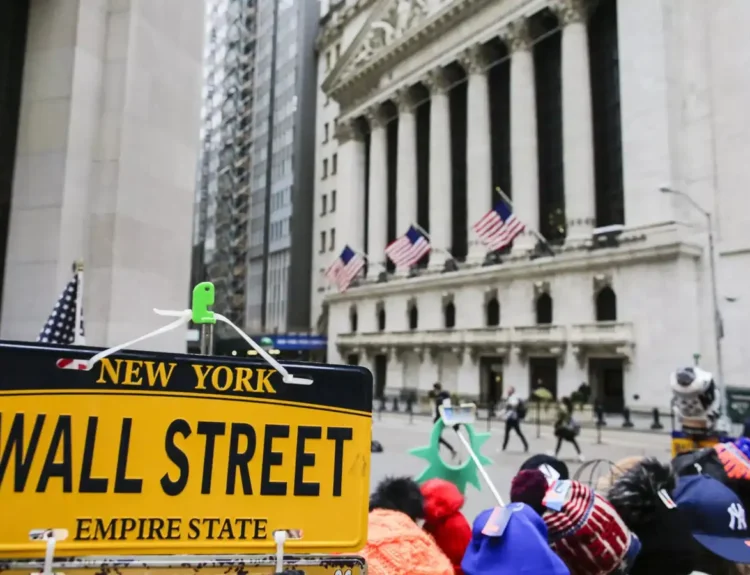Wall Street turned mixed on Thursday as renewed anxiety over bad loans in the banking sector erased earlier gains, even as chip stocks extended their AI-fueled rally.
The S&P 500 fell 0.1%, the Dow Jones Industrial Average lost 0.14%, and the Nasdaq Composite edged up 0.07%, holding near record levels. Markets opened strong after upbeat bank earnings and optimism around rate cuts, but sentiment soured midday as regional lenders tumbled. (more about: Markets Now Bet on a 50-Point Fed Cut as Trump’s Pick Pushes for Aggressive Easing)
Zions Bancorp plunged 9% after reporting heavy loan losses linked to troubled borrowers, while Western Alliance dropped 8% following allegations of borrower fraud. The slide deepened concerns about hidden credit risks following recent bankruptcies in the auto-linked private credit sector. “The market is really skittish about credit-related losses,” said Argent Capital’s Jed Ellerbroek. “When you see one cockroach, there are probably more.”
The VIX volatility index spiked above 22, its highest level since May, while Treasury yields fell below 4% as investors sought safety amid rising uncertainty.
AI stocks provided a bright spot
Nvidia rose 1%, Micron surged 5.6%, and Broadcom gained 1.1% after TSMC raised its full-year forecast, bolstering confidence in semiconductor demand. Salesforce jumped 4% after projecting $60 billion in annual revenue by 2030, easing investor fears about AI’s impact on software firms.
Still, financial stocks weighed heavily, with the S&P 500 financials index down 1.3% and the insurance sector sliding 3.3% after weak results from Travelers and Marsh & McLennan.
Meanwhile, US-China trade tensions added to volatility. Beijing defended its new rare earth export curbs, calling US criticism “panic-stoking.” Treasury Secretary Scott Bessent warned that China’s actions amount to “economic coercion,” though he said talks between Presidents Trump and Xi in South Korea later this month remain on track.
Markets are caught between AI euphoria and credit anxiety. Strong chip earnings and Fed rate-cut hopes have kept major indexes resilient—but renewed fears of bad loans, a prolonged government shutdown, and escalating trade friction are reminding investors that volatility may just be warming up.
Disclosure: This article does not represent investment advice. The content and materials featured on this page are for educational purposes only.










